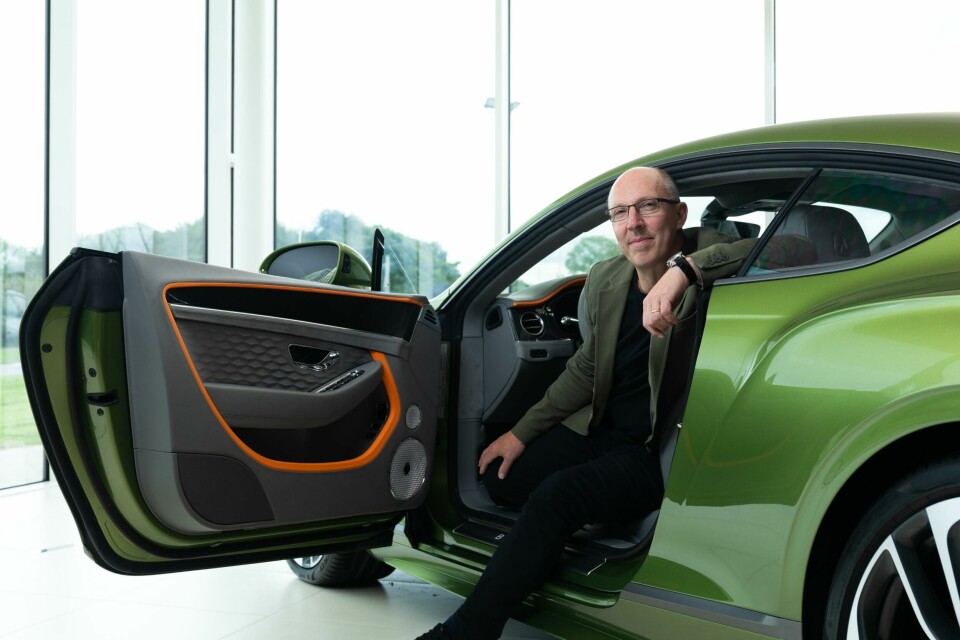
Robin Page: “Our customers expect a high level of technology. It just needs to be well integrated”
Robin Page, design director at Bentley, explores how a new design language might be exactly what electrification needs
This year the slow-down in electrification has been the main topic. We knew electrification was going to be unpredictable – would the trend accelerate, flatline or drop? Six years ago we were super-convinced and excited that electrification was going to explode, but now a lot of brands are reconsidering their portfolios, for the near future anyway.
Electrification can be looked at in a couple of ways: you could say it needs a new design language or that it’s just a new powertrain and you’ll create new designs going forward anyway. Of course, electrification can alter the proportions of the car, wheelbases, open or closed front grilles and the technologies you put inside. It does affect how you design and when customer appetites change and product cycle plans reflect that, it means you might need to refresh current cars more often.
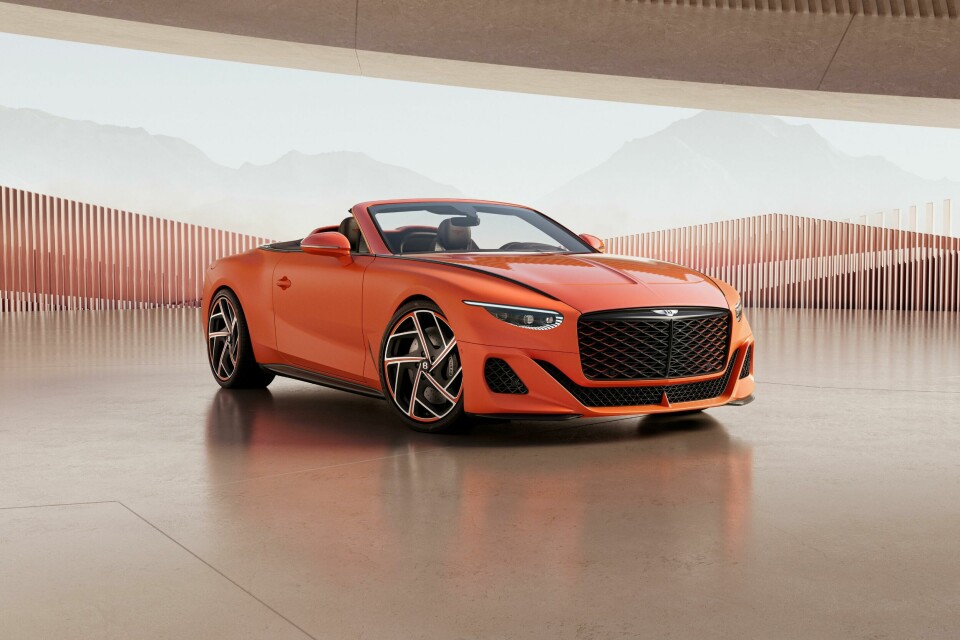
The direction I will be taking at Bentley is just to develop a new design language, whether the cars are powered by electric motors or combustion engines. There will be a difference in air intakes and grilles, but in general we need to keep the ‘Bentley proportion’. That’s important to customers. To keep the premium proportions of the wheel [centre] to the A-post and have long overhangs at the rear.
UI and UX is becoming more important for us, but it’s how we integrate those features into the whole experience – light, sound and digital
We sometimes laugh when engineers walk through the door with loads of new components and say, ‘it’s got to be this size and fit in this zone, or it’s not going to work. And there isn’t anything smaller on the market’. Now some components – especially ones related to autonomous driving – are big and we need to incorporate them into traditional designs. But in the future technology will get smaller – like the big box TVs of yesteryear that later turned into flatscreens – and we may not need so many of them. It will get easier.
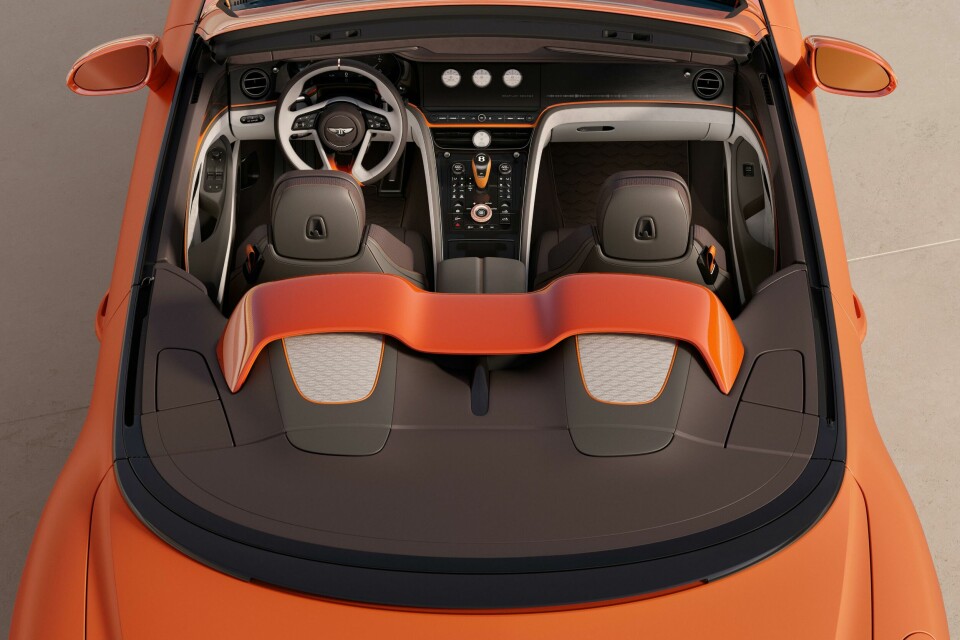
Our customers expect a high level of technology, and we share within the VW Group, which is great as there’s a lot of investment needed. It just needs to be really-well integrated. The trouble is, some technology ‘dates’, even with ‘Over the Air’ software options.
Being able to see through something and appreciate the materials in the background are super- interesting to us.
Almost every carmaker has gone for a very slim instrument panel with a big screen in the centre, whether that’s vertical or landscape-oriented. At Bentley, while the technology is still in there, the rotating screen can disappear to leave three centre dials instead. Our customers still want a level of physical switch control and we are extremely good at the jewellery and well-crafted details.
UI and UX is becoming more important for us, but it’s how we integrate those features into the whole experience – light, sound and digital. It’s about a ‘butler experience’ – things being presented to you – or like a Michelin-starred restaurant. We’re trying to get to the point where AI software can learn what you might want next.
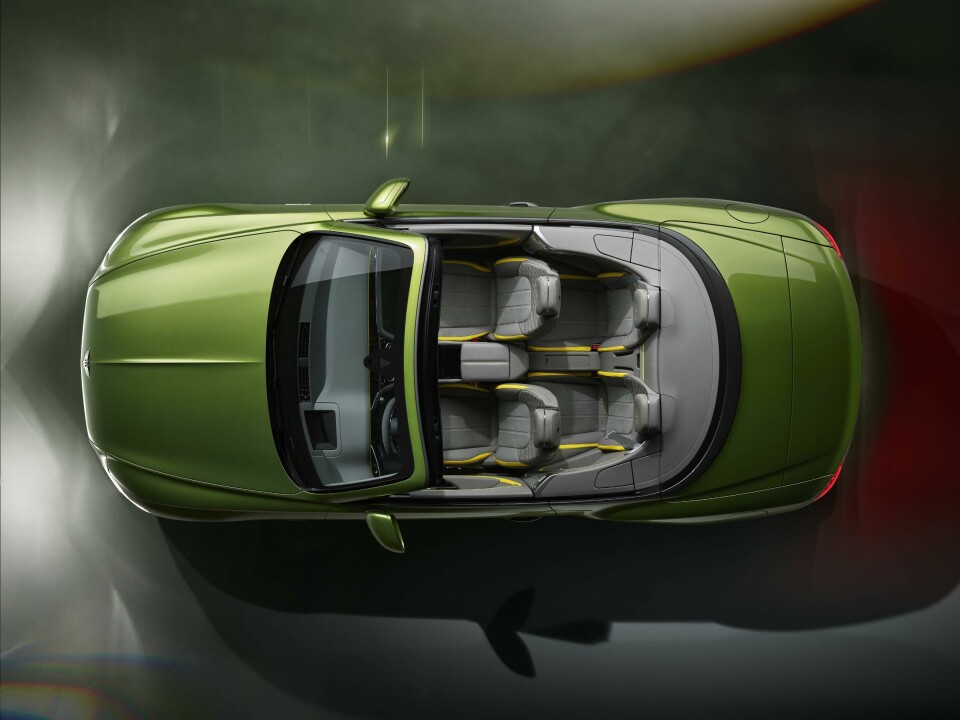
From other industries, we’ve been inspired by see-through screens, so you’re not just staring at a huge black screen when it’s turned off. Being able to see through something and appreciate the materials in the background are super- interesting to us.
In terms of colour and materials, an interesting interior production car option we’re offering is ‘stone veneer’. It’s created by putting material on stone for a week and letting it set, embed and etch. Then when you peel it off, it takes a layer of the stone that becomes your veneer. These veneers tend to be granite, but there are different colours and textures, and they have a great sparkle to them.
When we look for new talent, we still like sketchers – you can’t get away from that
Another example is ‘engineered wood’, where you slice lots of strips and make transitions, perhaps from dark to light. The first step is finding modern natural materials, and the next step is using high-luxury sustainable materials. The most interesting ones are the byproducts of waste material, like coffee bean casings or apple skins, but the next stage is how you treat and execute them to become high-luxury new materials.
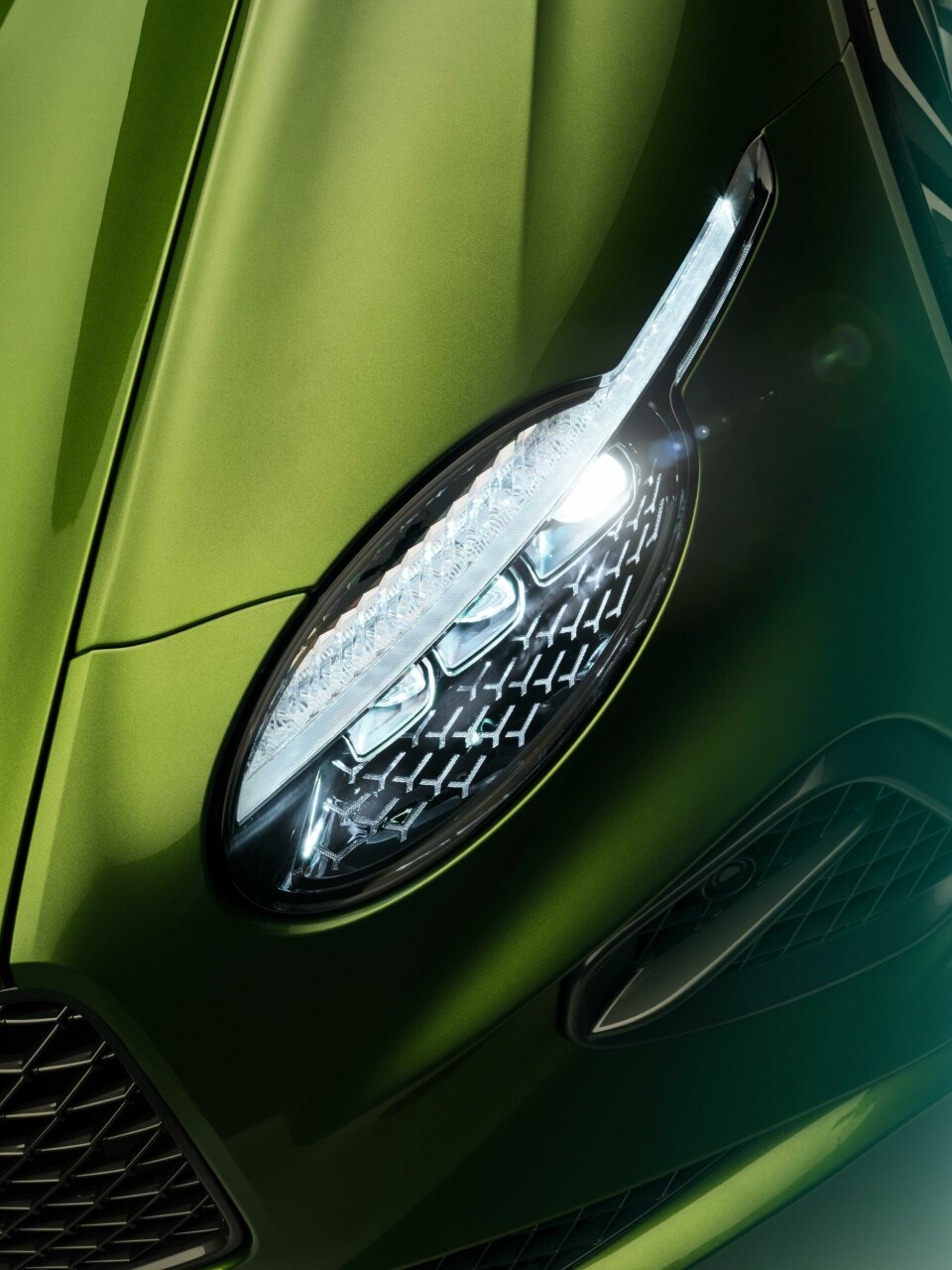
It’s a focus for the future. In terms of colours, our customers are getting more creative. One time, I got the back part of my tie cut off to be used as a sample for an exterior colour, or customers might bring in an object and say, ‘I want my car that colour’.
Our design team is made up of about 70 permanent staff and 150 in total including contractors. When we look for new talent, we still like sketchers – you can’t get away from that – but also those that can sketch in a digital form as well. We’ve got a new design centre that is double the size of our current one being built too. It should be ready in 2025, so it’s an exciting time to work for Bentley.



